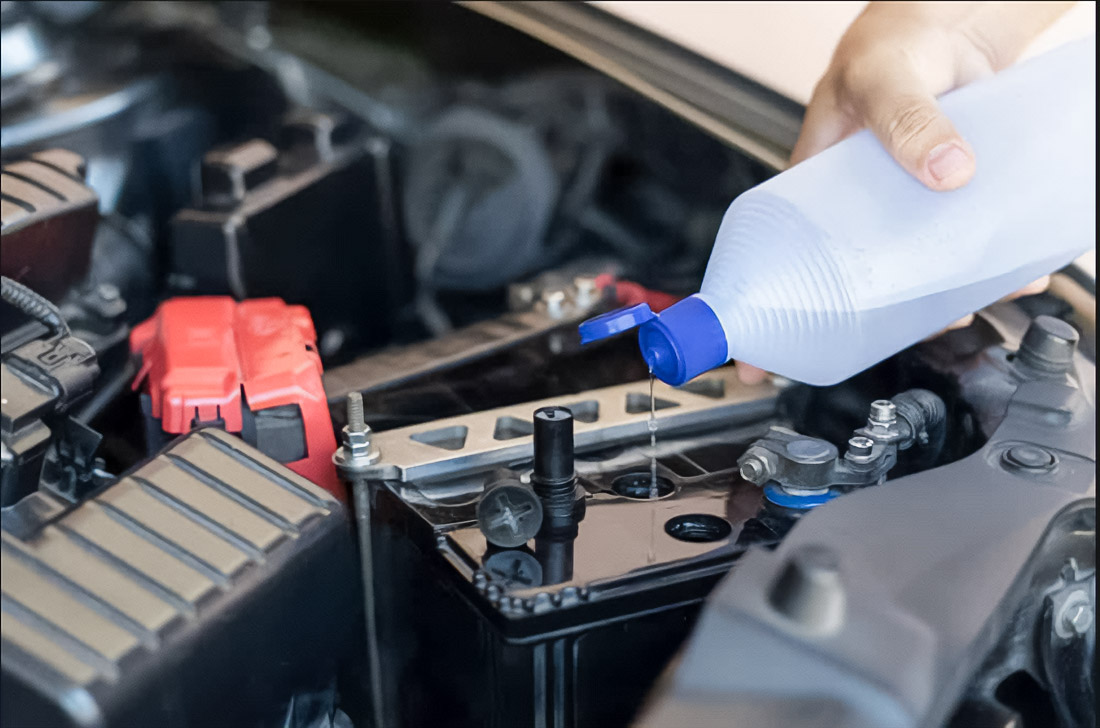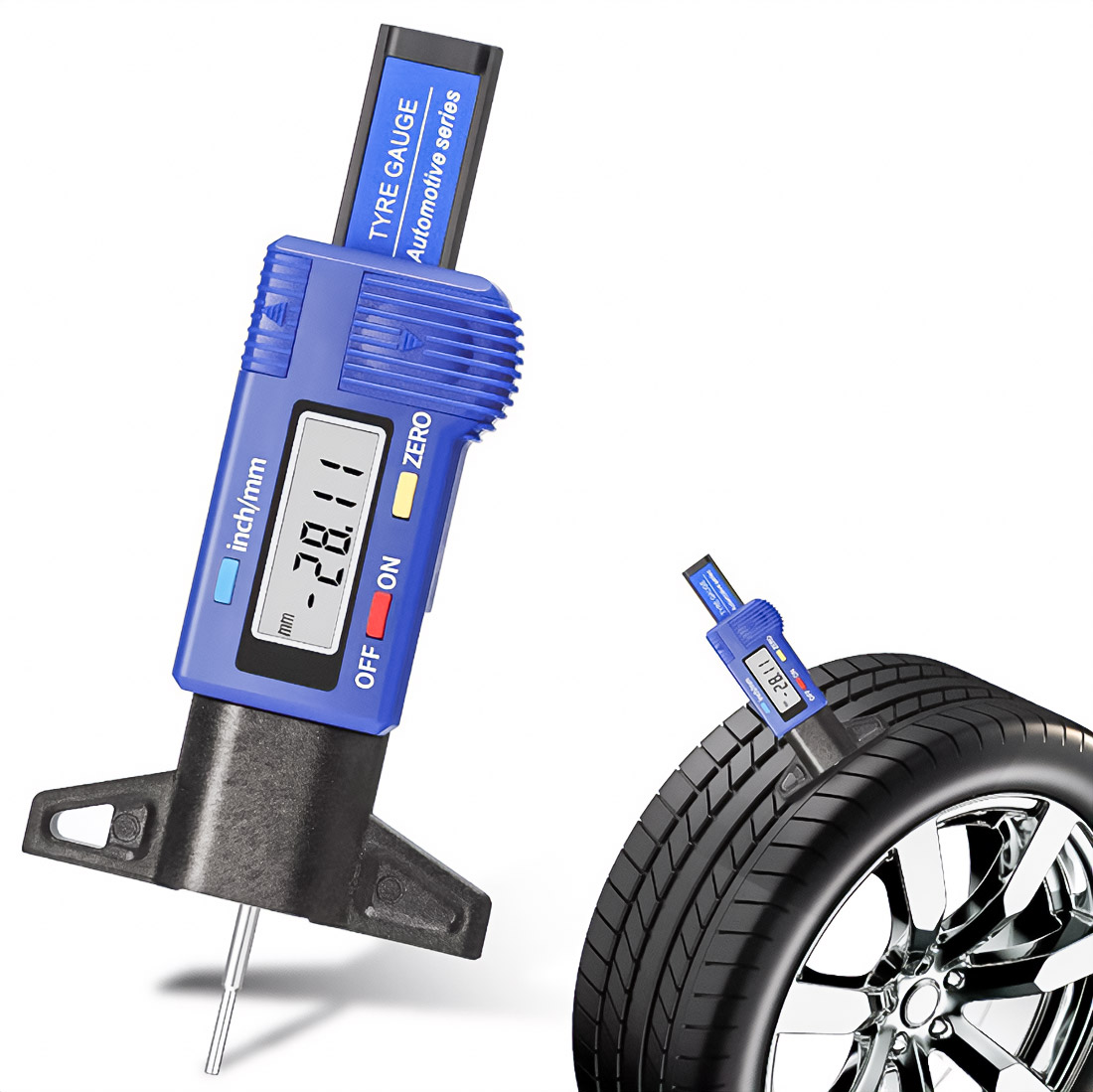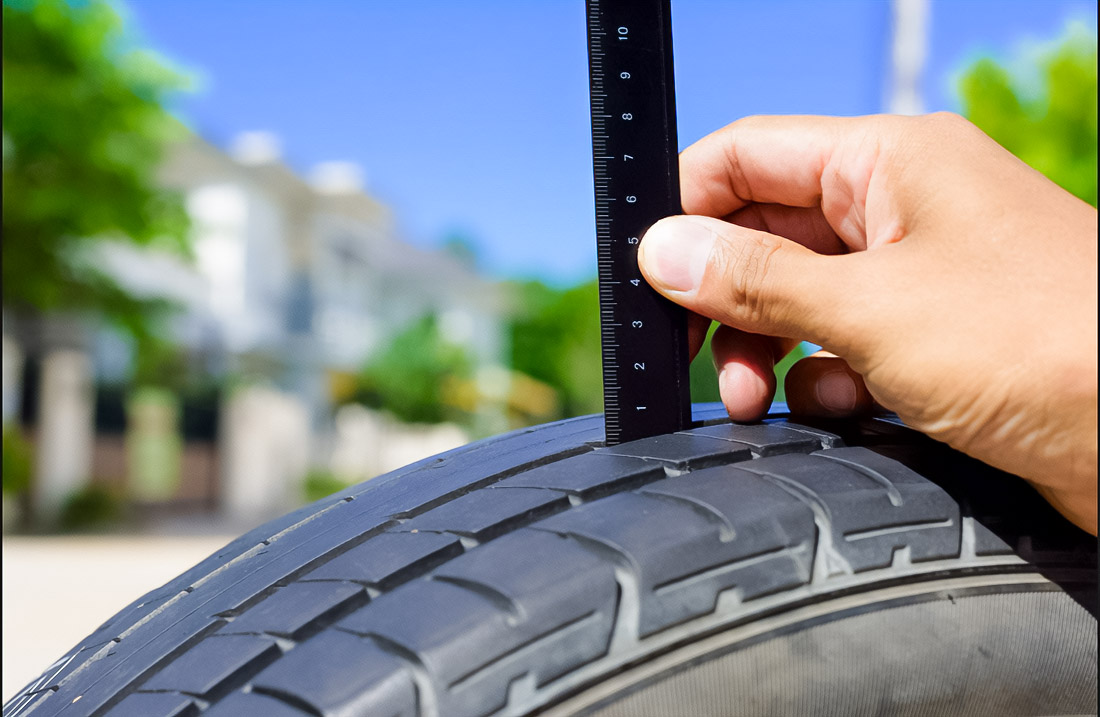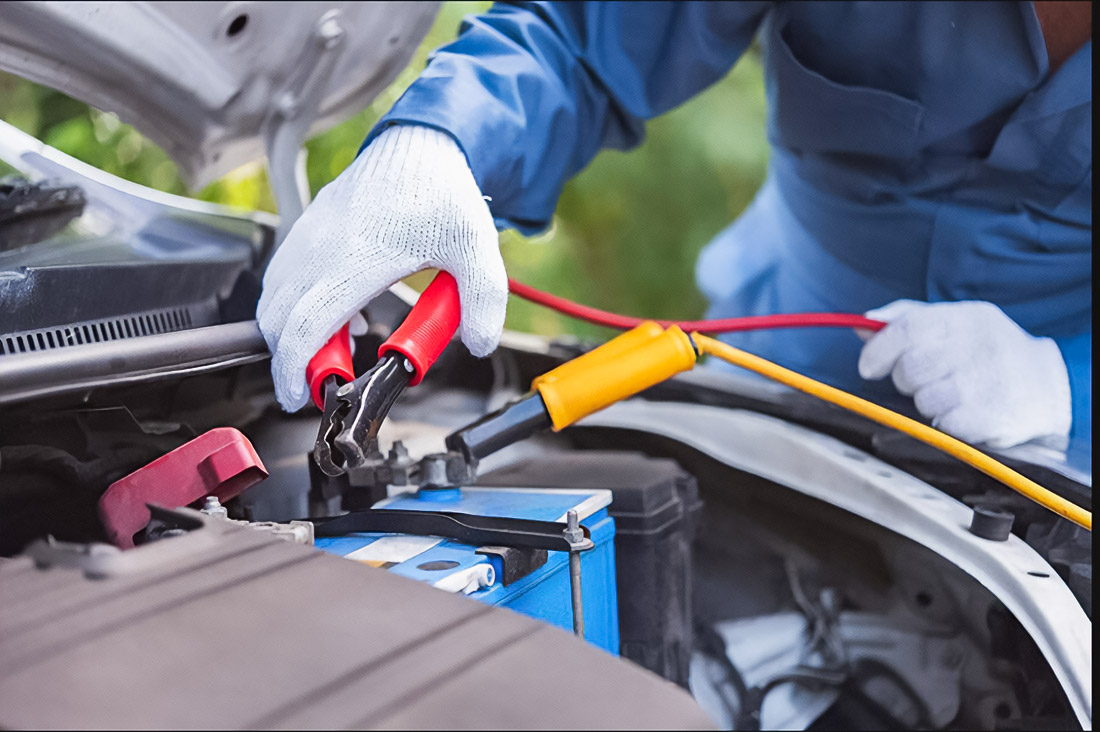The tread depth of tires plays the most important role in ensuring the safety and efficiency of automobiles on the road. This directly contacts the road surface part of the tire, which determines grip, handling, and braking distance. To understand the significance of tread, consider various aspects of its influence. Contact Auto Battery Hub for obtaining professional mobile tire repair service in case of emergency situations on the road.
Secret Life Tread Depth: Safety and Traction on Third Place

- Tread of tires provides grip, especially important in rain or snow.
- Regardless of conditions driving, tread depth increases safety by 20% and more with proper maintenance.
Tread Depth: Numbers and Mechanics

Understanding Millimeters: What Under Hood Tread?
Tread depth of tires measured from top pattern to base grooves and usually constitutes 8-9 mm for new passenger tires. This measurement determines how effectively the tire channels water, dirt, and snow. Specialist workshops strongly advise using depth gauges for accurate determination of residual depth. Learn more about significance tread depth on road.
- Average depth new tread constitutes 8 mm.
- Minimum permissible depth in most countries — 1.6 mm.
Deep Tread: Drive as Pro
Deep tread increases grip with the road and reduces the risk of hydroplaning. In rain conditions, using tires with a tread depth of more than 3 mm can reduce braking distance by 30%. In winter, it reduces the risk of slipping to a minimum.
Repairability: When and How Repair

From A to Z: Deep Tread and Repair
- Repair more 3 mm: Tires with a tread depth of more than 3 mm possess real reserves grip, which makes repair effective. Small punctures can be eliminated by vulcanizing patches or “mushrooms.”
- From 1.6 to 3 mm: These tires have limited service life after repair; however, it is possible to have temporary restoration.
Practical Cases from Tire Business
Experts often focus on condition sidewalls and possible damage, evaluating the effectiveness of repair. Examples of successful cases show that timely repair can extend service life tire by 15-20%. Study processes repair for deeper understanding.
Tips and Recommendations: Maximize Life Your Tires

Small Steps to Big Safety
- More 3 mm: Ensure quality used materials, such as vulcanizing patches. Check integrity sidewalls.
- Less 3 mm: Consider replacement tire if damage is extensive or close to the sidewall.
- New technologies in help: Using modern hot vulcanization increases service life by 25% after repair.
Wear: Factor Without Illusions
When worn, the tire loses up to 50% of its original characteristics. Severely worn tires, even after repair, do not guarantee previous levels of grip and safety. Tires with a depth less than 2 mm are subject to increased risk of damage. Learn more about rules road safety.
Look Forward: Consequences and Conclusions
Tread depth remains an important parameter for evaluating condition tires. Regular monitoring and timely repair work ensure your reliability and safety on the road. Modern technologies and quality materials improve quality and durability repair.
Constant attention to tread depth and timely measures for its restoration — this path to safety and long service life for your tires ensures confidence on any road.

Skydiver, maker, audiophile, Vignelli fan and TDC honorary member. Working at the nexus of simplicity and mathematics to craft experiences both online and in real life. I sometimes make random things with friends.
